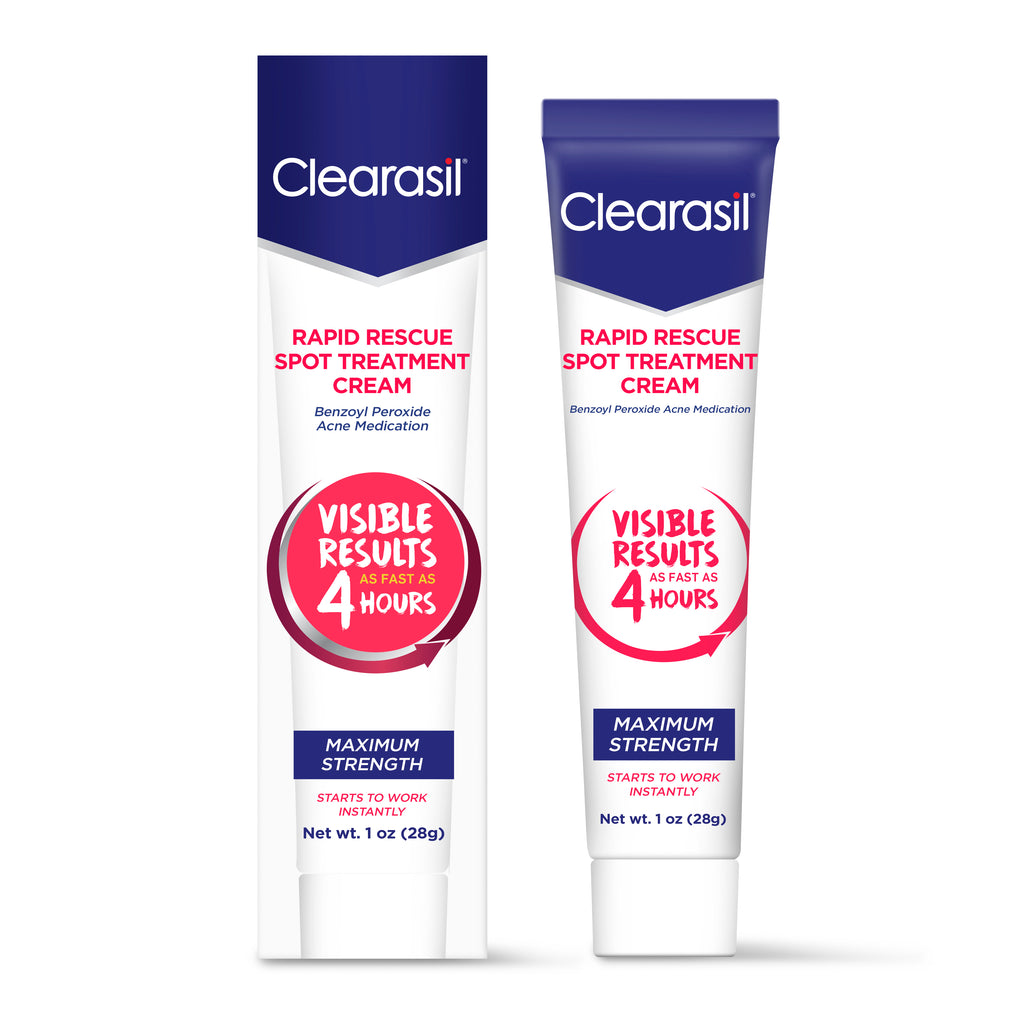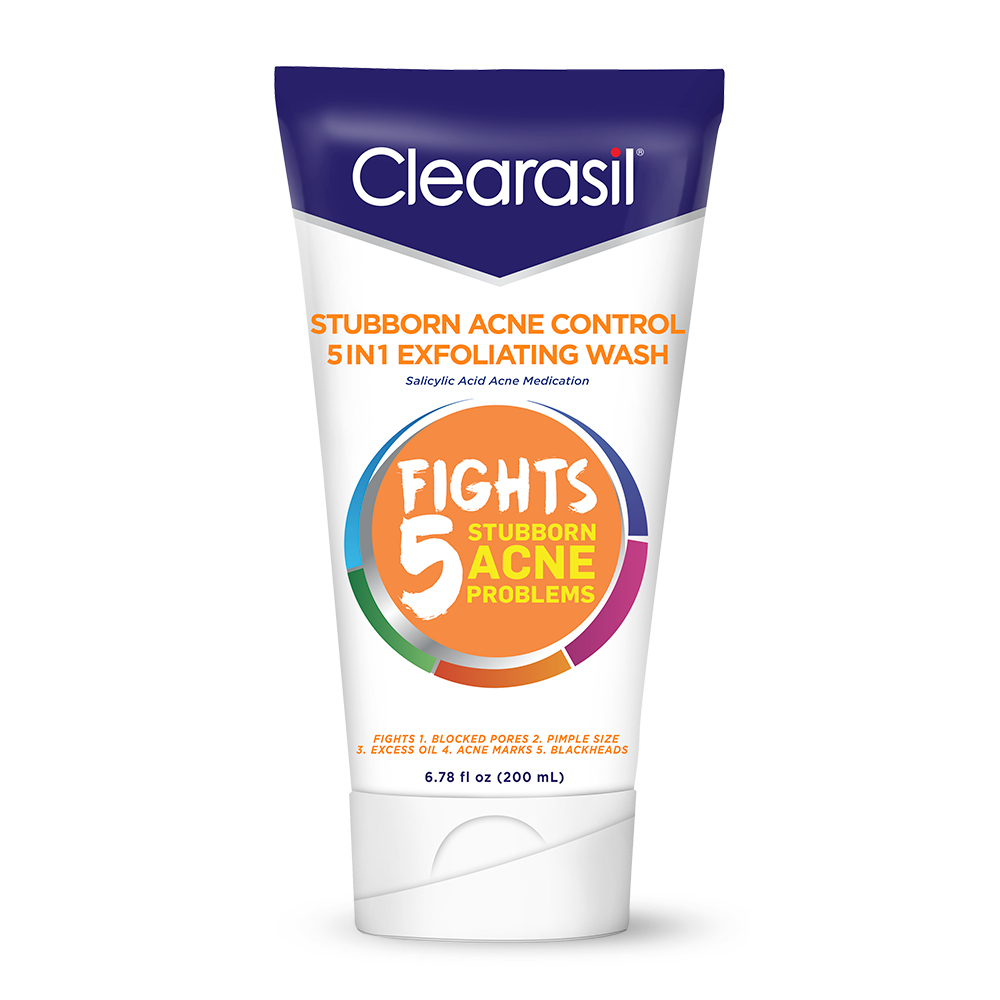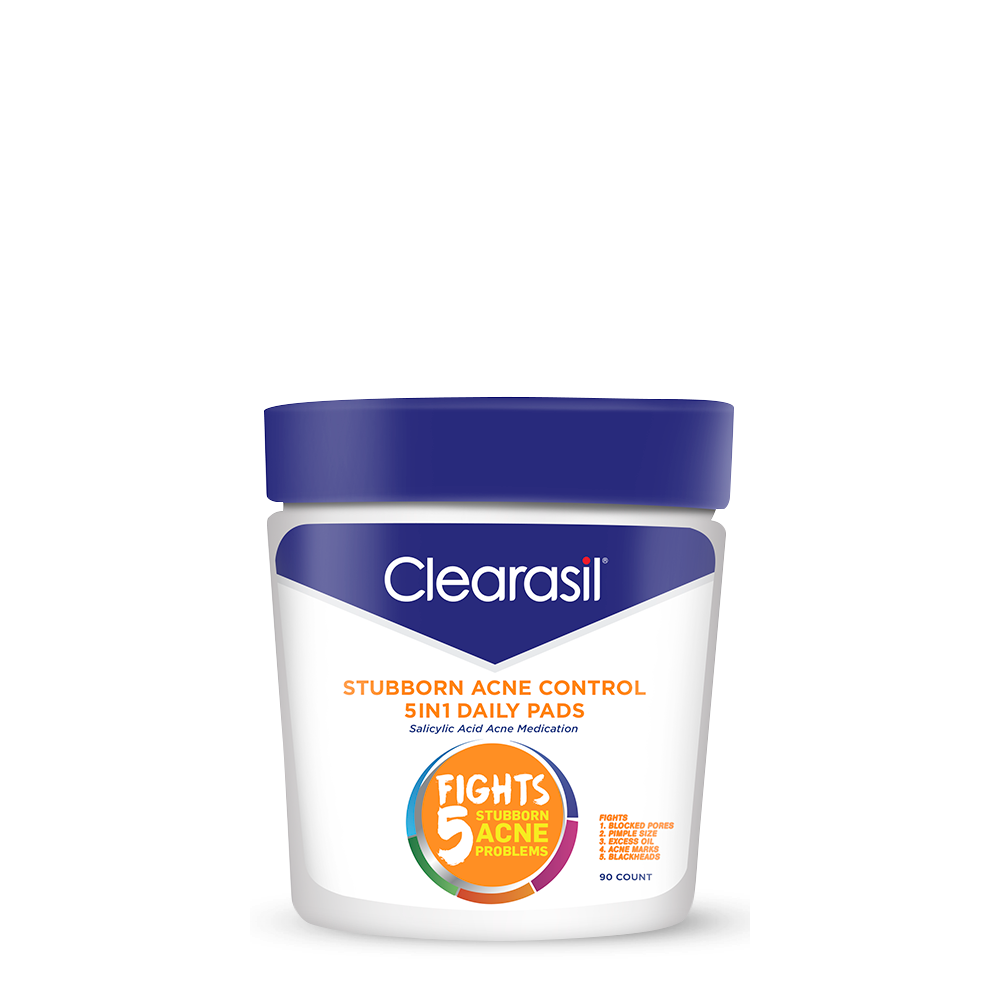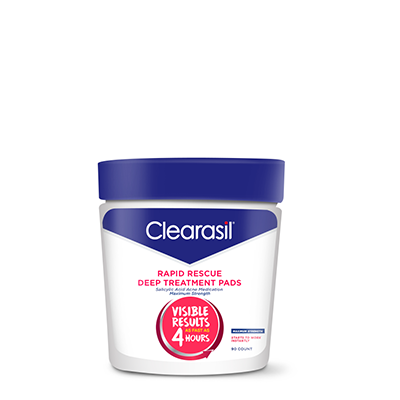The first step to building a skincare routine – before choosing acne treatments, moisturizers or even the right face wash – is knowing which type of skin you have. That foundation helps you select the right products to nourish your skin and fight pimples.
Below, identify your skin type and learn tips to help your skin look and feel great.
What Are The Types of Skin?
The four skin types are normal, dry, oily and combination. Each skin type has different features, which can help you zero in on what your skin wants.
While we can’t control the skin type we’re born with, we can treat our skin with the best care for its type. So which type of skin do you have?
Normal Skin
Although it’s called “normal,” that doesn’t necessarily mean this skin type is the most common. The term refers to a good balance of skin oils and hydration, and means your skin isn’t prone to breakouts or sensitivity to products or makeup.
Signs of a normal skin type include:
- No flaking, dry patches
- Few or no blemishes
- No shiny, oily spots
- An even tone
If you don’t often have blotchy spots on your skin and feel you have to do very little to maintain a healthy complexion, you likely have normal skin.
Skincare Tips For Normal Skin
A skincare routine for normal skin includes washing your face with a cleanser morning and night to help keep bacteria from building up.
You’ll also want to find a sunscreen and/or moisturizer for normal skin to help protect the natural barrier from environmental factors and UV exposure.
Schedule a deeper wash once or twice a week to help maintain clear skin or if you feel the rare breakout coming on. Clearasil® Rapid Rescue Deep Treatment Wash has maximum strength acne medication to help fight pimples and prevent breakouts.
Dry Skin
The term “dry skin” is a little truer to its name. You may notice red, dry patches on your skin, causing an uneven tone on your face. Your complexion can be a little dull as well.
Dry skin is prone to cracking, which breaks the skin’s barrier. This means it can be easier for pimple-causing bacteria to penetrate. If you struggle with scaly, irritated skin, you likely have a dry skin type.
Skincare Tips For Dry Skin
Maintaining balance is an important step in a dry skincare routine. Wash with a gentle, moisturizing cleanser day and night, making sure to avoid hot water, which can further irritate the skin. If you’re experiencing pimples or blackheads, try Clearasil® Gentle Prevention Daily Clean Pads. These use 1% salicylic acid (instead of the higher strength 2%) to fight pimples above and below the skin surface.
After washing, wait until your skin is dry and follow up with a moisturizer. The best moisturizer for dry skin will help strengthen and restore your skin’s natural moisture barriers without feeling greasy or heavy.
Oily Skin
People with oily skin types typically have a shiny complexion all over – not just on the forehead and chin but also the cheeks. Occasionally, however, it can be a dull complexion if the oil and dead skin cells aren’t exfoliated away.
Large, visible pores are another sign of oily skin. If you experience frequent breakouts, including blackheads and red, inflamed pimples, you likely have an oily skin type.
Skincare Tips For Oily Skin
Although it seems intuitive that people with oily skin should scrub their faces with strong cleansers more often, this can strip away so many oils that the skin overreacts and produces even more.
To get rid of the buildup of oil and skin cells, start your daily skincare routine with exfoliation, such as Clearasil® Stubborn Acne Control 5in1 Exfoliating Wash. This fights five pimple problems people with oily skin have to manage, including blocked pores, blackheads, and excess oil and shine.
Start with using it once a day and, if necessary, gradually increase use to up to three times a day to prevent overdrying your skin.
And don’t skip moisturizing, even with oily skin! Hydrating and protecting your skin can help ease inflammation and the production of even more pore-clogging oil.
The best moisturizer for oily skin will be oil-free and non-comedogenic (which means it’s less likely to clog up your pores).
Combination Skin
Combination skin can be a struggle to identify! This means that parts of your face (forehead, nose and chin) are oily, while the cheeks and skin around the nose could be dry and flaky.
Signs of combination skin include highly visible pores (especially on the chin and nose), an uneven skin tone, and experiencing breakouts at the same time as dry patches.
Skincare Tips For Combination Skin
Gentle exfoliation is the name of the game with combination skin. For either the morning or evening face wash, work in a gentle exfoliating cleanser. You may choose to use acne medication pads only on the oily areas to prevent overdrying other parts of your face.
While you can choose different moisturizers for the oily and dry parts of your face, it’s not strictly necessary. Too many products can irritate the skin as well.
If you’d like to keep it simple, choose an oil-free, non-comedogenic moisturizer that’s lightweight. This can help ease oil production in some parts and seal in hydration in dry areas.
Clearasil® Ultra Overnight Spot Patches help act as a non-drying barrier to prevent bacteria from entering the pore. They can help reduce inflammation without irritating oily or dry parts of your face.
Clearasil® Can Help People With All Skin Types
No matter what your skin type, you can have visibly clearer skin. In addition to staying hydrated and wearing sunscreen, the right skincare routine can help you show your best face to the world.
Learn more about building a personalized skincare regimen on the Clearasil® blog.
Sources Consulted:
WebMD








